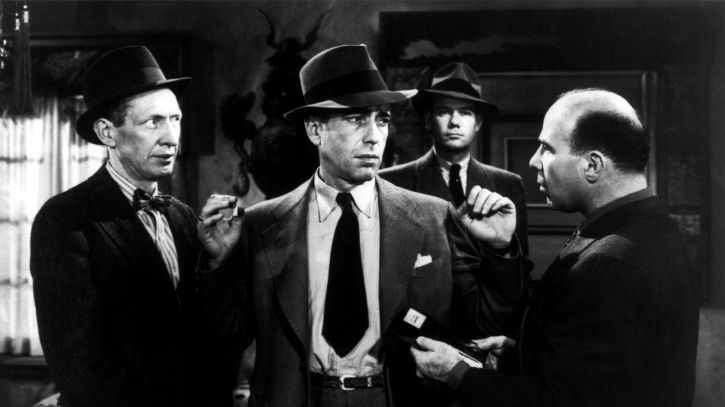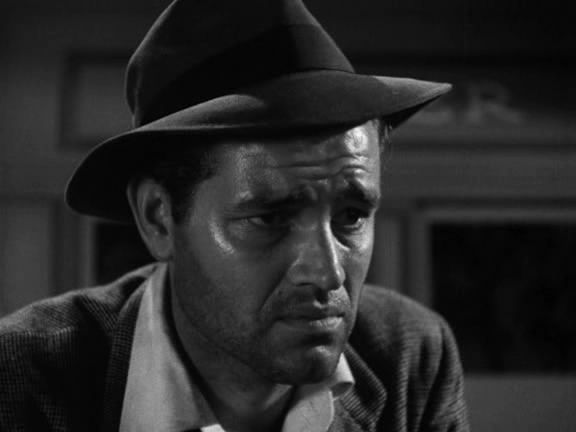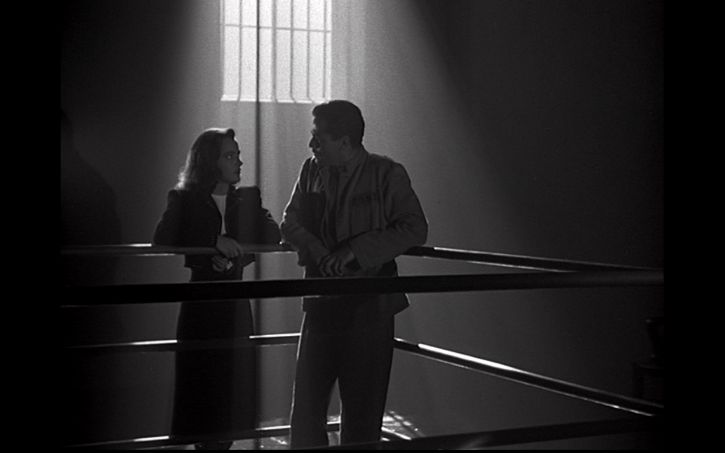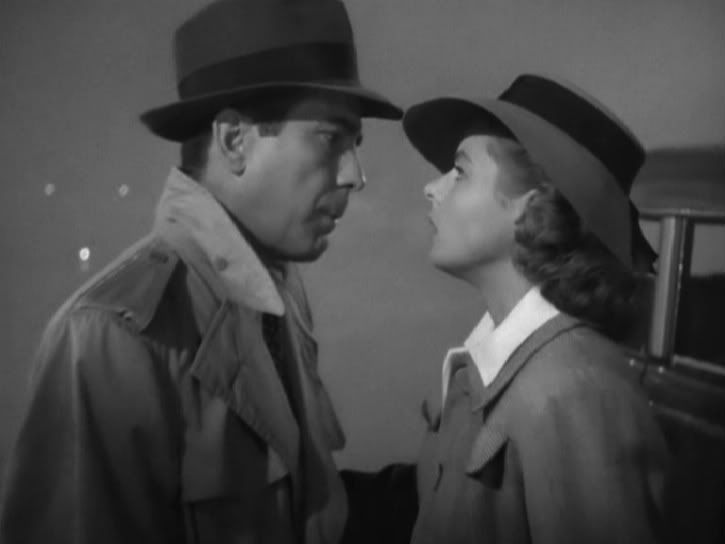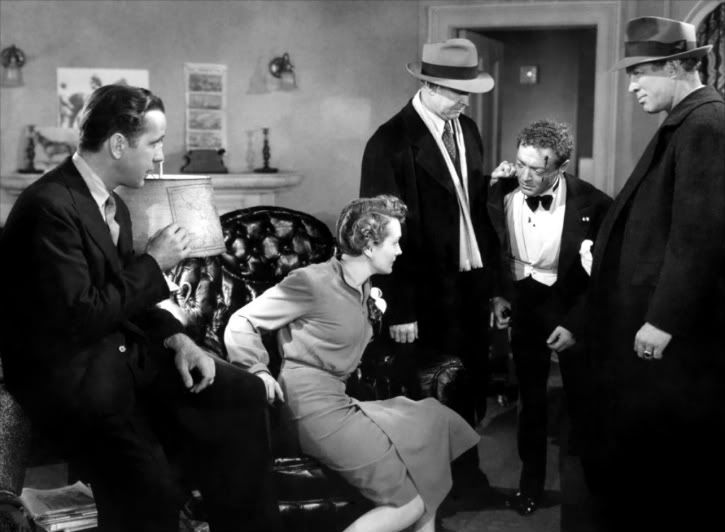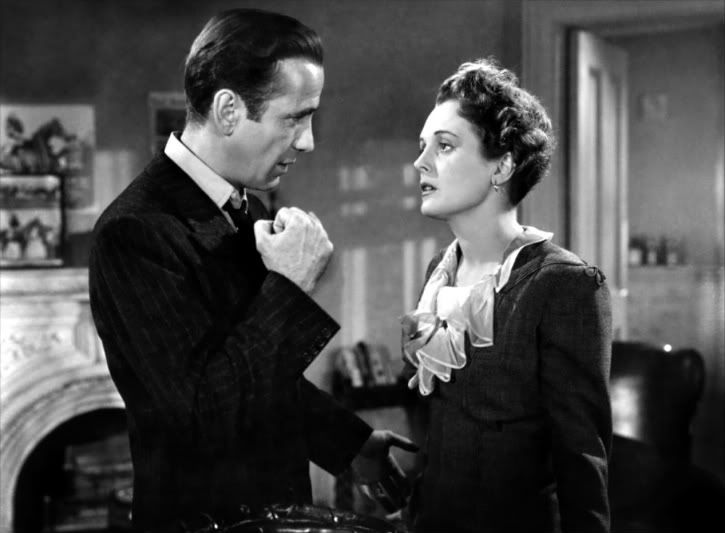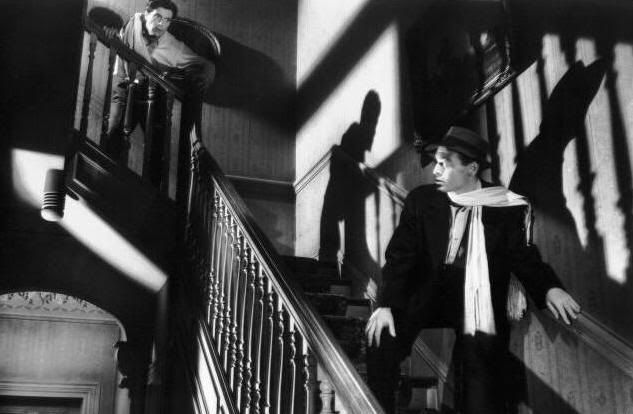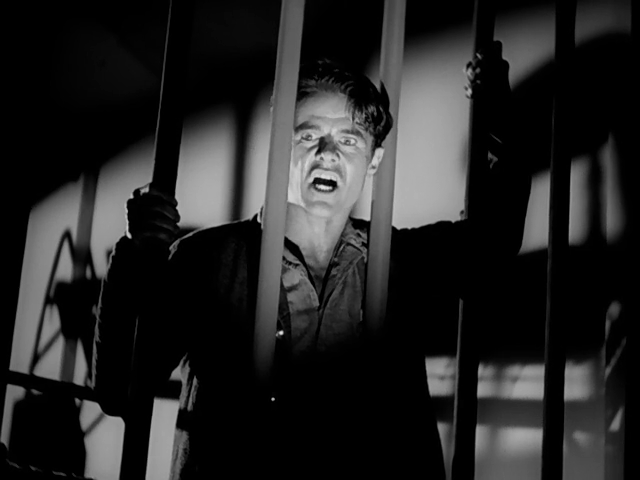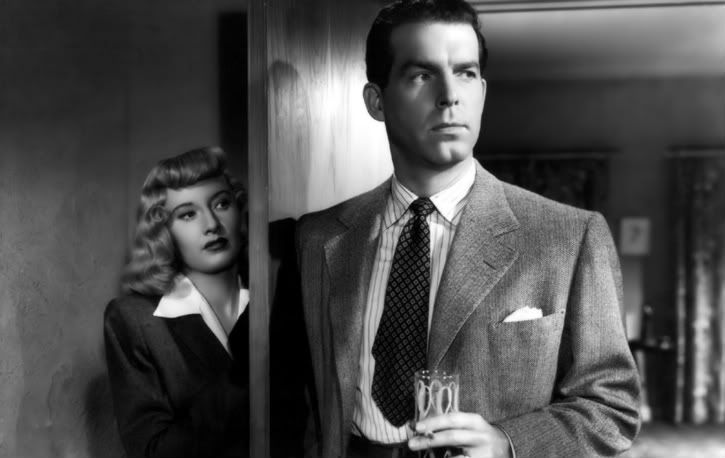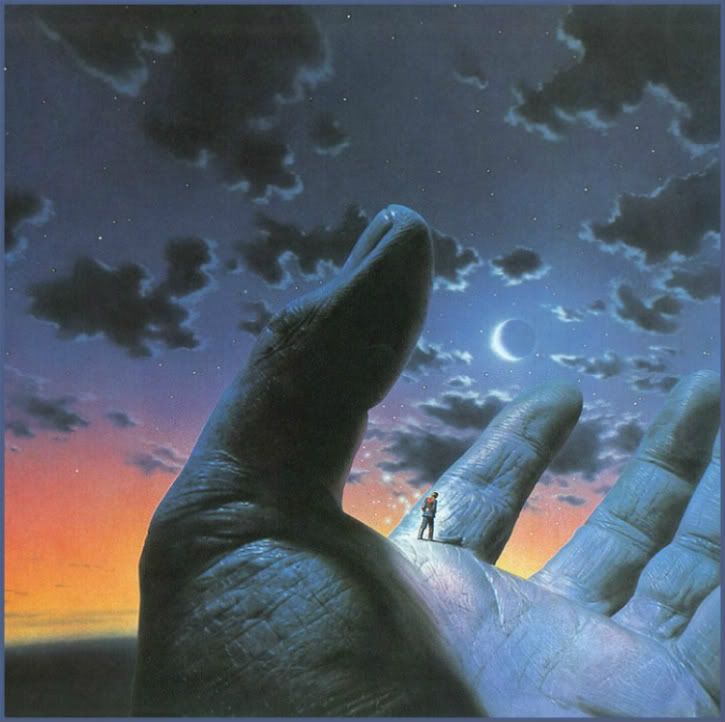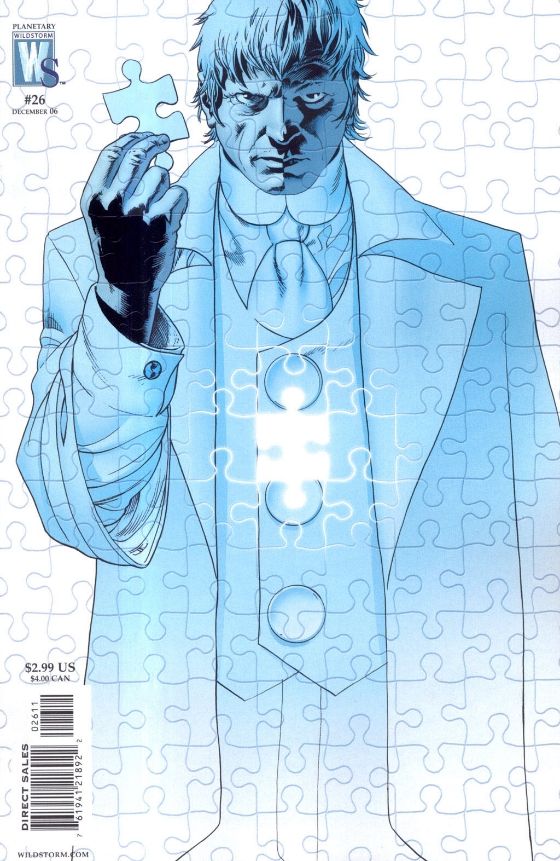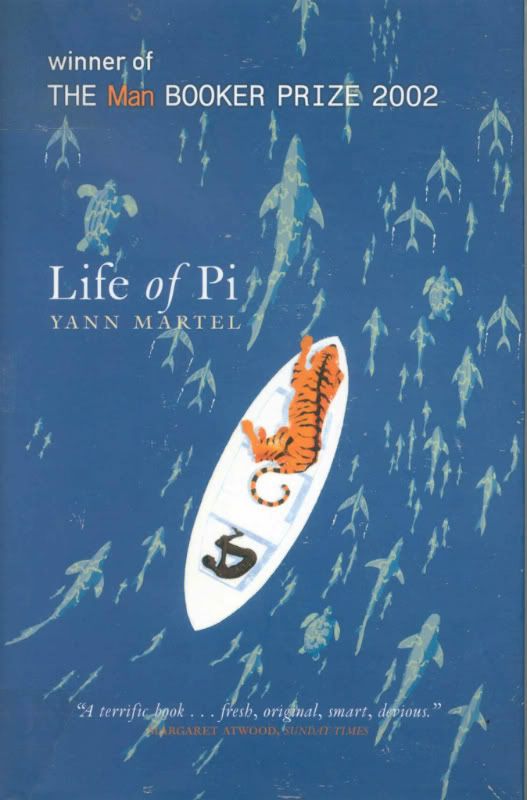 Spoilers...
Spoilers...
I liked "Life of Pi" by Yann Martel (2001) a lot while I was reading it. I enjoyed reading about Pi’s childhood. I thought the insights into running a zoo were fascinating. My brother is a great advocate for environmentalism, vegetarianism, and animal rights. He has talked on many occasions about the cruelty of zoos and I was starting to agree with him. I went to the Philadelphia Zoo and thought the polar bear must be miserable in the summer and the lions were always asleep no matter what time of day I visited and the gorillas looked like they wanted everyone to stop staring at them. So these insights about how an animal wouldn’t think of an enclosure as small they’d think of it as convenient were interesting food for thought. I do disagree with some of the points made though. I don’t believe that animals like cheetah can be happy in an enclosure because there isn’t enough room for them to run and a cheetah was born to run. Also, I think some apes like gorillas are higher functioning than we give them credit, no matter what anyone says they seem to know that they are captives; uplifting may be happening naturally.
It was also interesting to see Pi learning about Christianity, Islam, and Hinduism. I grew up in the diverse community of Queens, NY, but I was never exposed to any religions other than Christianity, so to this day I just don’t know all that much about them. Also, like others have mentioned it was a very funny scene when all three religious leaders met.
Parts of the religious sections spoke to me personally. “These people fail to realize that it is on the inside that God must be defended, not on the outside. They should direct their anger at themselves. For evil in the open is but evil from within that has been let out. The main battlefield for good is not the open ground of the public arena, but the small clearing of each heart. Meanwhile, the lot of widows and homeless children is very hard, and it is to their defense, not God’s that the self-righteous should rush.” (p89-90) Wow, that’s what I’m talking about! This is Christianity in a nutshell. A religious journey is a personal journey of self-reflection and when you have your own self in order you’ll want to help other people.
I also enjoyed all the many, many details (200 pages worth) about being on the lifeboat and having to survive. I grew up on books like “Robinson Crusoe” and have always been fascinated with survival stories. One detail I remember smiling at is that Pi is so worried about running out of paper that he writes tiny, tiny on the pages and then, his pen runs out of ink way before he runs out of paper.
I felt like the religious aspects of the book dropped off in the middle part of the book. Pi clearly still felt religious and talked about it from time to time, but it didn’t seem to be the focus of the book and I wondered how this was going to be a story to “make you believe in God.”
As I was reading it, I saw the story as a fable. Fables always had animals, this book had a tiger in it. I figured there would be a moral at the end of the story and that would tie it together to religion somehow.
I read the last part of the novel and instead of a moral we had an alternate take on the story. Instead of a tiger, and hyena, a zebra and a boy in the lifeboat, we had a boy, mother, cook and sailor in the lifeboat. This story was only given a few pages so of course it does not seem as vivid or as real as the 200-page story.
I took the second story as a spur of the moment thing Pi came up with to appease the Japanese men. I had a grandfather that would do this.
There is a picture in my parent’s house of my great-grandfather and his children. It must have been taken in the 20s. In the picture you can see that my great-grandfather is missing the tip of the middle finger on his left hand.
When I was in kindergarten the same finger on my left hand got caught in a door at school and was cut off. It was re-attached with microsurgery. However, I could never get over the coincidence that something similar had happened to my great-grandfather in the exact same finger. But my dad didn’t know what had happened.
So one time when the family visited my grandfather (he lived many states over in Ohio) I asked him what had happened and he told me an amazing story that my great- grandfather was picking wild berries and a venomous snake bit him on the finger and he knew that he would die from the poison so he had to hack his own finger off with a knife. Of course my grandfather had made this story up for my entertainment. There are no venomous snakes in Pennsylvania.
So we asked my cousin Leonard what happened and he told us a daring story that my great-grandfather worked in the coal mines of Pennsylvania when he first came to America and that one day an accident happened in the mines and he lost the finger and he came home and said that he wasn’t going to die in a mine shaft and that’s why the family moved from Pennsylvania to Ohio.
This was also a good story and also not true. Finally we asked my Great-Aunt Mary. She was the oldest of my great-grandfather’s children, Leonard was her son, and my grandfather was the youngest of my great-grandfather’s children. So she was the one mostly likely to actually know the truth and she said that my great-grandfather worked for the railroads in Pennsylvania as a switch operator and lost the finger in a switch.
So anyway, after that long story, the point is that to me all Pi was doing with this second story was telling the Japanese guys what they wanted to hear. I did not believe that the second story was the true story and that the first story was just a flight of fancy.
Now, after I read the story I started to catch up on the discussion of the novel at the
Classic Science Fiction Message Board (even though this book isn't a science fiction book at all really) and that it when it really started to get weird for me! Someone was saying that the point of the story is that Richard Parker the tiger was a metaphor for God and that by believing the first story over the second you are believing in God.
Whoa!
What?
It doesn’t say that in the book itself ANYWHERE. You’d think if that was the point of the story it might be worth mentioning once of twice. I read the book and that didn’t cross by mind at all. If not for the Classic Science Fiction Message Board I would have read the book, put it down and never considered that. So in my mind if that was the point, the author did a piss poor job of it.
What the author does say is that in the second story Pi is the tiger. So in that interpretation in the first story it is just Pi on the ship, but the tiger represents a different part of himself, a part of himself that is stronger, and more confident. Pi says many times in the story that he could not have survived without Richard Parker. It does add another layer to the story to think that rather than a flesh and blood being Pi is referring to an actual aspect of himself in which he was able to find the strength to carry on.
Now I won’t deny that invoking the metaphor of Richard Parker as God is an interesting exercise, for example, you have Pi providing food for Richard Parker and in the metaphor it becomes equivalent to giving sacrifices to a God. But the metaphor fits a couple of times but mostly there are just too many details with that that don’t jive. Why the details of training Richard Parker with a whistle? In no religion do the humans train the God. Pi takes Richard Parker’s feces and openly smells it in order to dominate the tiger. Explain that one in terms of religion? Richard Parker marks his territory with urine. I missed the part of the bible where Jesus does that. I doubt that’s in other faiths either.
Pi just seemed to have the kind of personality that craved order that craved religion. He wanted to believe in some sort of order to the universe. “I am a person who believes in form, in the harmony of order. Where we can we must give things meaningful shape.” p 360. However, Pi does not think believing in religion excludes him from believing in science. The Japanese men do not believe the story about the island that was a tremendously large carnivorous plant. They say they do not believe in plants that contradict the laws of nature. Then Pi says that Darwin and Copernicus were not accepted at first. Later he says, “If you stumble at mere believability, what are you living for? Isn’t love hard to believe?…Reason is excellent for getting food, clothing and shelter. Reason is the very best tool kit. Nothing beats reason for keeping tigers way. But be excessively reasonable and you risk throwing out the universe with the bathwater.” p375. In other words, he is saying there is more to life then is found in your philosophy. In Pi’s mind it is science that is limited because it excludes that which is not yet understood. Of course a scientist would come back and say that science will catch up while religion explains away the unknown by saying it's supernatural.
To sum up I enjoyed the book and would have rated it as an entertaining read though I wasn’t sure what the point of the ending was. But I became more frustrated with the book after starting to read interpretations about the book because I felt like either people were looking too far into it and/or the author failed to actually say what his point was.

